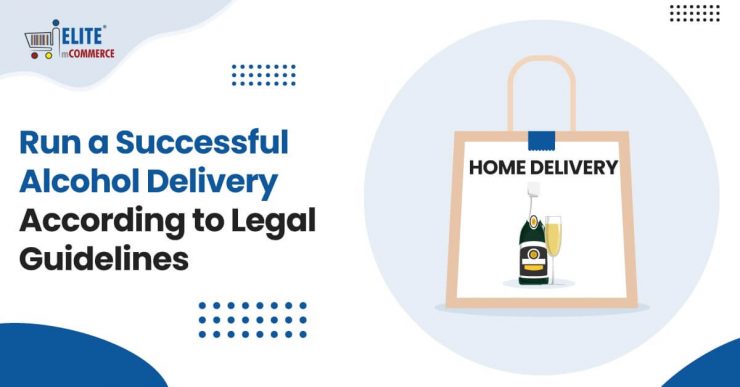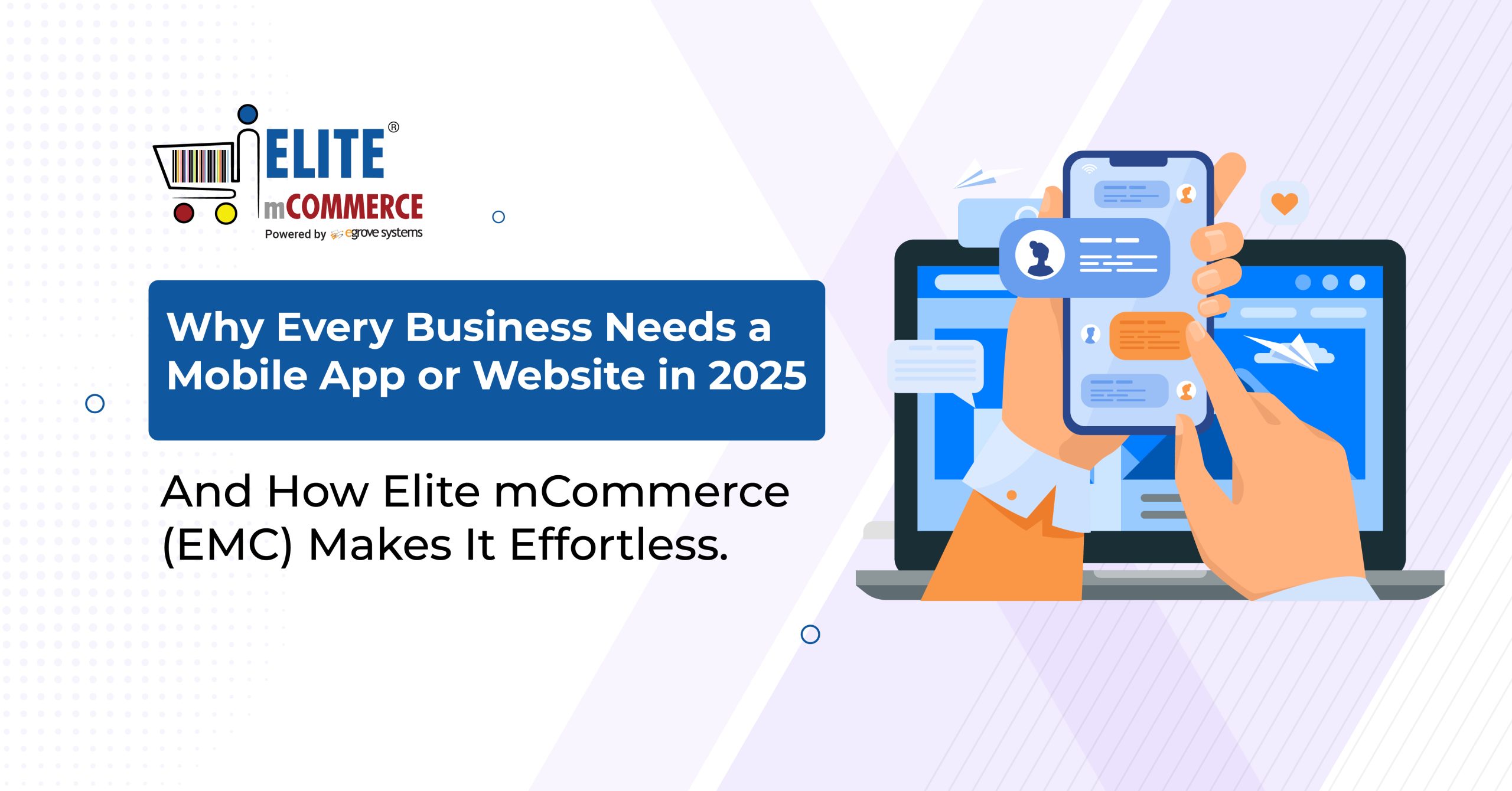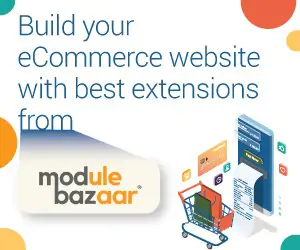Among the many industries where online delivery is taking off, alcoholic beverage sales show huge potential for growth. Restaurants and bars, liquor stores and breweries, or digital-only subscription services could all benefit from greater expansion into online alcohol sales. Understanding how to best promote and deliver drinks is essential due to the varying preferences of consumers and the different laws regulating alcohol sales.
Alcohol delivery has grown over the past few years through mobile delivery apps like Drizly, but the pandemic caused a massive increase in online sales. Per Statista, in the week of April 25, online alcohol sales were up an incredible 477% in the US compared to 13% in the week of March 7. Even as restrictions on in-store sales were lifted, customers have trended toward online ordering from restaurants, grocery stores, and other sources. Alcoholic drinks are a massive industry: in 2018, U.S. merchant wholesalers sold about 173.6 billion U.S. dollars worth of beer, wine, and distilled alcoholic beverages, growing from $121.58 in 2008. Setting up an online alcohol delivery business or adding it to your store can be extremely profitable.
Legal guidelines
The first step to selling alcoholic beverages online is studying all relevant laws and regulations in your area of operation. These can vary by state and local laws, many of which have been relaxed due to the pandemic. Just because a state has lifted certain restrictions doesn’t mean that any alcohol delivery method will be permitted there, and these permissions may be restricted again in the next few months. A great resource to check is the National Restaurant Association’s state-by-state table of expansions to off-premise sales.
Typical limitations on off-premise sales include:
- Restaurants and bars can sell off-premises, but breweries and distilleries cannot.
- Only selling sealed drinks, limiting sales of on-tap beverages and mixed drinks
- Permissions to sell beer and wine, but not liquor/spirits off-premises
- Only the licensed seller can do deliveries, not third-party delivery companies
- The delivery driver cannot be underage and may need to be licensed.
- Alcoholic drinks must come with food orders
- Limited hours of delivery to normal restaurant operating hours or no sales late at night
- Delivery services must verify the orderer’s age
- Drinks per order limited to 2 drinks or less, or a certain size limit
- Drinks can be sold to-go or brought to a vehicle on-premises but can’t be delivered
- Drinks can be sold without food for pickup, but not for delivery
Check which limitations apply and plan for how they will affect your delivery business.
Methods and guidelines
Selling through your own food delivery app is essential. Even if your location permits third-party delivery, they make it harder to verify legal drinking ages, and they can charge a 30% commission that seriously cuts into profit. With your own app, you can change your menu regularly to offer new and varied drink types, sizes, more to offer a wide selection for your customers. Another tactic to increase profitability is setting a minimum order price for deliveries of around $40 to reduce low-value deliveries.
You should use your app and website to support location-based sales. Let users input a ZIP code or address into a food delivery app to see if you can deliver to their area. Out-of-area deliveries might be impossible to ship on time or unaffordable, or it could violate laws.
Find the right foods to pair with drinks
There are several reasons to bundle food with your alcohol deliveries. It may be required by local laws to serve food along with the drinks, but serving food can be an opportunity rather than a burden. People like to eat when they drink, and matching the right food with a beverage can help you upsell cheaper products and get customers to pay a higher price for bundled food and drink packages. Examples include:
- Pairing different wines with smoked meats and cheeses
- Craft beers accompanied by french fries with different topping and dips
- Nachos/chips with cocktails, mixed drinks, or margaritas
- Complimentary snacks to go with orders of cases of beer or liquor
Packaging Needs
Understanding how to package deliveries is important. Sealed containers are one of the more common requirements of local laws, which limits bars and restaurants with lucrative cocktail sales. Some have adapted to this requirement by creating cocktail kits, selling packs with alcohol and syrup bottles plus garnishes with instructions on how to mix on your own. Another approach is creating special sealed containers on-premises that can transport drinks securely.
Selling for home consumption also offers an opportunity to sell branded steins, mugs, glasses for customers to use. Regardless of your approach, keeping drinks in good condition upon delivery is essential.
Read also :- Use Off-Premises Alcohol Sales to Boost Your Restaurant or Bar’s Business
Final thoughts:
Selling beer, wine, and liquor online is an increasingly popular solution that takes advantage of new developments in mobile app availability and delivery capabilities. It provides new opportunities for getting customers interested in buying beverages, whether they’re sold in bulk, on the go, or as part of subscription plans. Businesses who deal with alcohol should research the potential for the newly-opening market and create a plan to enter online and mobile sales channels.









Add comment